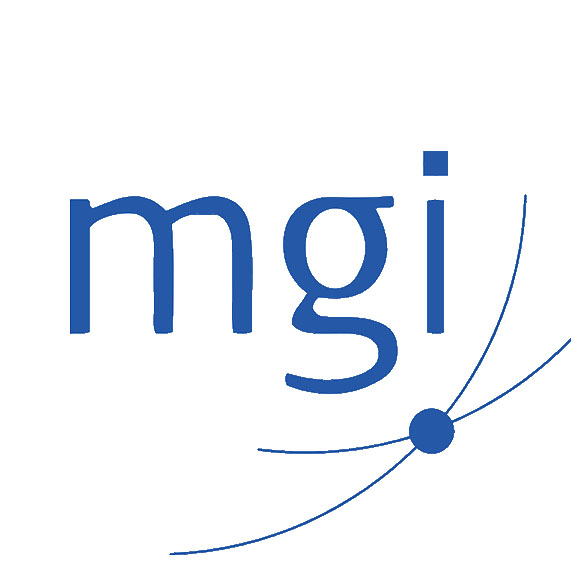The recent collapse of the Dick Smith chain highlights the fact that no business is immune from potential catastrophe. But it begs the obvious question – how can a company as big as this and turning over $1.3 billion – a listed company – fail?
No doubt we’ll hear more in the months ahead as the receivers get to work. However, the lessons are the same for every business – from the corner store, to family businesses, to listed companies.
Fundamentally, there is only one reason that businesses go broke – they run out of cash. So how do businesses (even listed ones) run out of cash and what can you do to avoid it happening to your business?
There are basically three reasons businesses run out of cash.
- The first reason is they’re not profitable. They don’t have a cash flow problem; they’ve got a profitability problem. In other words, the lack of cash flow is a symptom of poor profitability (or even losses). Unless you fix your business model and restore profitability, you’ll never get cash flow under control.
I note from prior year annual reports of Dick Smith Holdings Limited that the company had after tax profits of about $19m and $37m in 2014 and 2015 respectively. I also note that an ASX announcement by Dick Smith’s on 28th October 2015 states that the company anticipates 2016 after tax profit being $5m to $8m below previous guidance of $45m to $48m. Whilst the profit outlook was reduced, the company still appears to be profitable.However, it has come to light that the company has significantly written down the value of its stockholding by $6m, effectively wiping out the prior year profits.
- The second reason businesses run out of cash is that they use short term working capital to fund the acquisition of long term assets. In other words, they use their working capital (short term funding) to purchase plant and equipment or property (long term assets). If your business is growing rapidly, this is a big no, no. You’ll need that working capital to fund your growth, particularly larger inventory holdings.
In most cases, this issue can be fixed by a sale and lease back of the assets (assuming funding is available). The key is never to use your working capital to acquire long term assets unless you’re absolutely sure you have significant excess and know that you won’t need it in the near future.Again, based on my assessment of the Dick Smith’s annual reports for the past three years, the value of plant and equipment appears to have grown by around $32m from the 2013 year end to the 2015 year end (after allowing for depreciation of about $28m).The cash flow statement indicates that the total amount paid for plant and equipment over the two years was closer to $60m.Bear in mind that after tax profit for 2014 and 2015 totaled around $56m and dividends paid in 2015 were around $35m, which is effectively funded by those accumulated profits. Once that is taken into account, available profit is $21m. If my figuring is correct, this would not be sufficient to fund the above increase in plant and equipment.
- The third reason that businesses run out of cash is that they grow too fast. Yes, businesses can grow too fast and it is a situation I see all too often.
Make no mistake, a fast growing business is potentially in danger territory, particularly if it doesn’t have access to an endless supply of funds – and which businesses have that luxury? For many fast growing businesses, this means holding more and more inventory. As the business (and sales) grows, more of the profits are required to be used to invest in more and more inventory to stock more and more stores. If you’re in a business where margins are tight – whammo! – you have lower profits to fund ever increasing inventory. If you also happen to have a business where you give credit terms to your customers, then not only do you have a build-up of inventory, but you also have a build-up of debtors. These have to be funded from somewhere. Unless the business is highly profitable, the profit alone may not be enough to fund that growth. This invariably means going to your friendly banker – and as appears to be the case with Dick Smith – there is a limit to which banks will be prepared to fund your growth.
Again, I note from the company’s past annual reports that inventory levels have increased by around $122m from 2013 to 2015 and debtors (accounts receivable) increased by around $43m, a total of around $165m. This has to be funded from somewhere and if profits aren’t sufficient, then usually the banks are the ones who fund it.Interestingly, the ASX Announcement by Dick Smith Holdings Limited on 18th August 2015 states that since the company’s Growth Strategy was implemented 30 months ago, the company has opened 70 new stores. The company’s 2015 annual report states that 25 new stores were opened in that year and that it intends to open a further 15-20 new stores in 2016.
In my view it is therefore not surprising that the company entered into a $135m syndicated lending facility on 22nd June 2015 (as per its annual report), of which $70m was drawn prior to the June 2015 year end.
No doubt there were other factors at play, however in my opinion the Dick Smith business failed due to a combination of all three of the above reasons. It grew too fast, used short term working capital to fund long term assets and (ultimately after stock write downs) wasn’t profitable. The bottom line is that there was insufficient profitability or insufficient access to funding for growth.
As the saying goes – turnover is vanity, profit is sanity but cash flow is reality.
So, what are the lessons for business owners and particularly fast growing business owners when it comes to managing cash?
In my view there are three key measures every business should be checking on a regular basis, but particularly fast growing businesses.
- Your Free Cash Flow is a critical measure. Free Cash Flow (or available cash) is simply that. It is the amount of cash you have left out of profit after funding the increase in size of your business. If you’re not measuring and monitoring this then you’re flying blind.
- Your Working Capital Burn Rate. This is simply the amount of working capital (debtors plus stock less creditors) as a percentage of sales. If this is (say) 25%, then you know that for every additional $1m in sales, you’re going to need $250k in working capital to fund that growth.
- Your Sustainable Growth Rate. This is simply the rate of growth the company can sustain without adversely affecting its proportion of debt to equity funding. It’s called “sustainable growth rate” for a reason.
Vibrant, growing businesses have an important role to play in our economy. The key is to be able to sustain that growth and it is only by keeping a watchful eye on key financial parameters that this growth can be sustained.
If you are not measuring the three key ratios mentioned above then you are flying blind.







